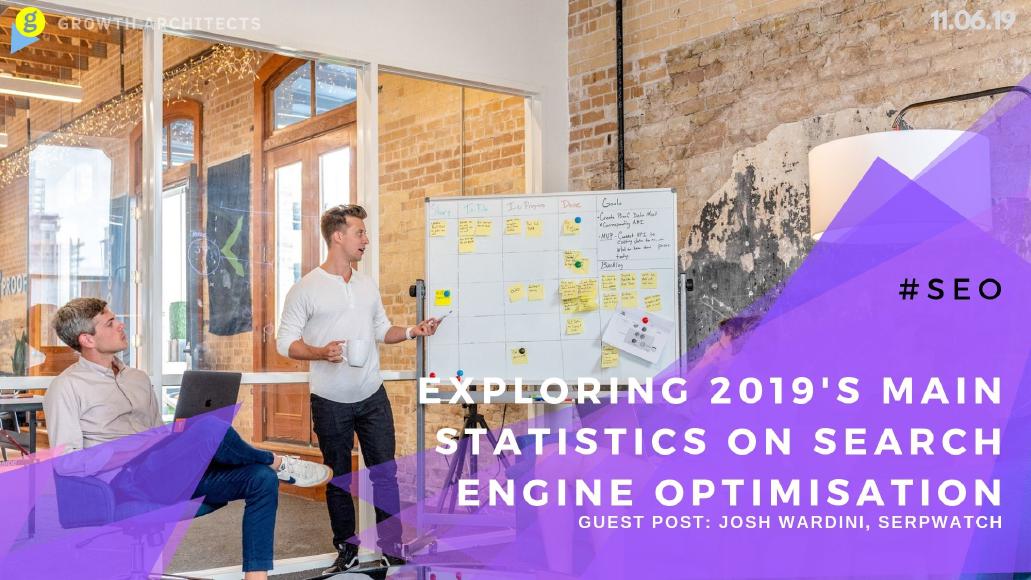Search Engine Optimization (SEO) is, without a doubt, one of the most popular and efficient methods of advertising in the digital ecosystem. But just like most of the other internet marketing channels, SEO is actively going through changes that marketers must prepare for in order to remain relevant.
In this article, we will explore several interesting SEO statistics to help determine what 2019’s main SEO trends hold for us.
Statistic particularities worth keeping an eye on for SEO purposes
The main goal, but also the highest-impact digital marketing achievement, is to get your website ranked in Google’s first result page. Doing so is certainly not easy, granted the complexity of Google’s ranking algorithms, which usually take hundreds of factors into account when determining its SERP. However, any website owner should try, granted that Google is currently responsible for 94% of total organic traffic on the web.
Google’s other pages don’t really matter for general users, since 75% of people tend to stick to the first page of Google’s results. It’s generally only those who are looking for a harder-to-find yet specific topic that browse through the other pages.
Facts like these tend to convince marketers that buying paid search results is a sure fire way of attracting thousands of customers. While this was certainly possible in the past, the last couple of years have brought along a considerable decrease in the popularity of ads and paid search results. Because of this, 80% of people tend to ignore paid search results on engines like Google, thus shifting their attention to organic listings only.
Positively influencing organic search results
Doing so is only possible if you understand how organic search results work and which factors encourage users to click. To put things better into perspective, 50% of search queries are four keywords or longer, which means that you shouldn’t focus on ranking for only 1-2 keywords, but rather for a few extra words and/or phrases. It’s generally best to be ranked within the top five search results for your keyword, as those tend to get 70% of the clicks. It takes some time and effort, but failing to rank within the top five won’t be the end of the world, granted that 21% of searchers click on more than one result, thus further increasing your revenue potential.
When carrying out your SEO campaign, keep in mind that the average Google first page results tend to contain approximately 1,890 words, thus showcasing the value that Google’s algorithms place on high-quality and detailed content.
To positively influence organic search results, you want to make sure that your website provides readers with high-quality content, capable of competing with other websites that rank for the same keywords. Therefore, design your webpage and craft your content with the customer in mind. Google’s algorithms are trained to spot aspects like these, thus further increasing the likelihood of having your website’s ranking improved.
Stay away from black-hat SEO practices
Over 40% of business revenue are captured via organic traffic coming from search engines. This is exactly why you want to stay away from black-hat SEO practices, although they may improve your rankings in the short term. Having your website penalized by Google is a difficult financial hit to recover from.
Based on everything that has been outlined so far, search engine algorithms are breathing dynamic programs that constantly evolve to better suit users. However, SEO can be mastered by keeping a close eye on the latest trends and market research.
7 Trends you must know for a successful digital marketing campaign

Infographic attribution: https://serpwatch.io/blog/digital-marketing-trends/


